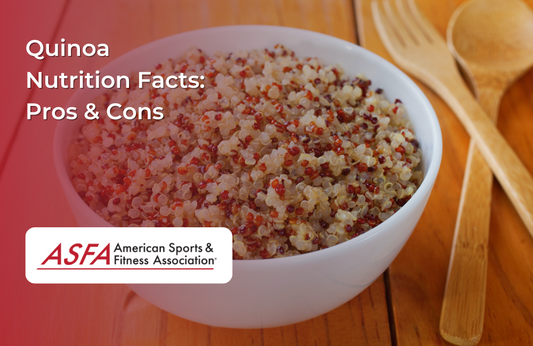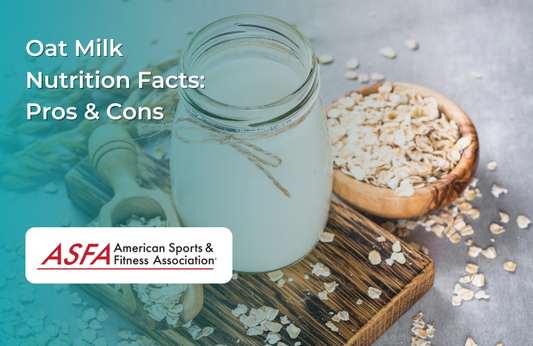The teres major is a muscle that extends the shoulder and rotates it. It’s one of the medial rotators of the arm, which means it works in conjunction with muscles like your serratus anterior, subscapularis, and latissimus dorsi. Strong teres major muscles are important for getting a healthy range of motion in your shoulders and preventing injuries such as shoulder impingement syndrome or bursitis. Shortened teres major muscles can lead to neck pain. Fortunately, there are several exercises you can do to strengthen this muscle!
Teres Major Exercise Ideas:
Warm Up with Foam Rolling
Before you start your workout, it's important to warm up. Warming up increases blood flow to your muscles and joints, so they're ready for action. Foam rolling helps loosen tight muscles and stimulates circulation, which can reduce soreness after exercise.
To foam roll properly:
-
Place the roller under one side of your body, then lie on top of it with most of your weight resting on the foam roller rather than on any other part of your body (e.g., don't rest all of it on just one arm).
-
Roll slowly back and forth over all areas where you feel tenderness or tightness--this could mean moving from just below one shoulder blade down toward another shoulder blade, or moving from one hip toward another hip, etc... Spend extra time focusing on any particular painful spots that need extra attention! You'll know when something needs more work because it will hurt! To prevent injury while rolling out those sore spots in particular areas like feet/ankles too aggressively, though, make sure not to go too fast either :)
Foam Roll Your Teres Major Muscle and Rhomboids
You'll want to foam roll your teres major and rhomboids to strengthen your teres major muscles. The teres major is a shoulder muscle that helps rotate and extend the arm. It's on the side of your upper back, between your spine and scapula (shoulder blade).
The rhomboids are muscles that run from the shoulder blade to the spine, pulling them together. Foam rolling these areas will help increase blood flow, reduce tightness in these small muscles, and improve posture by strengthening them so they can pull more effectively during movement.
To foam roll effectively:
-
Place one end of a long foam roller against a wall or other stable surface at knee height for support.
-
Slide up onto your forearms so that half of each forearm rests on top of the roller with palms facing down.
-
Slowly bend forward so that weight is placed on forearms rather than hands.
Reverse Fly
The reverse fly is a great exercise for strengthening your teres major. The teres major muscle plays an important role in arm swinging movements and works to stabilize the lats during such movements. It also targets your back muscles, often neglected by other arm workouts.
To do this exercise:
-
Lie on your stomach with a dumbbell in each hand and palms facing inwards towards each other.
-
Raise both arms to shoulder height while keeping elbows bent at 90 degrees (or as close as possible).
-
Lower them slowly until they’re just above the floor before repeating for reps if desired.
-
Perform 3 sets of 8-12 repetitions per set with 45 seconds rest between each set.*
If you find yourself struggling with form or can’t complete all 12 reps without straining yourself too much, then try the following:
Dumbbell Fly
To perform the dumbbell fly:
-
Lay down on your back with your knees bent and feet flat on the floor.
-
Hold a dumbbell in each hand at arm's length in front of your body, with arms extended above your chest, palms facing inward towards each other.
-
Slowly lower both weights until they’re just above your upper abs, then raise them again to complete one rep.
The teres major muscles are primarily used during this exercise because they help lift and rotate your shoulders when performing it correctly–they also assist with bending at the waist and rotating at the hips if needed for balance purposes (like when doing squats). By strengthening these muscles through exercises like this, you’ll be able to lift heavier weights over time without getting sore or injured as often during workouts!
Cable Fly
To do this exercise, you’ll need a cable machine. Stand before the machine and grab the handles with your palms facing forward. The teres minor works to hold the humeral head in the glenoid cavity of the scapula, stabilizing the shoulder joint. Extend your arms to your sides, then pull them towards your chest while keeping your elbows slightly bent. Return to the starting position and repeat for 10 repetitions (reps), working up to 15 reps as you get stronger.
If this isn’t possible on a cable machine due to lack of equipment or space limitations, try doing dumbbell flies instead by holding two dumbbells at arm’s length before you and slowly lowering them toward each other until they touch before raising back up again.
Lateral Raise
The lateral raise is one of the best exercises to strengthen your teres major muscles. The teres minor plays a crucial role in supporting lateral or external rotation of the arm at the shoulder joint.
Try this:
-
Stand with feet hip-width apart and hold a dumbbell in each hand, palms facing inward (toward each other).
-
Lift arms until they are at shoulder height with elbows bent 90 degrees and upper arms parallel to the floor.
-
Lower slowly until arms hang at sides again.
-
Repeat ten times for two sets on each side, three times per week for best results!
Chest Press for Shoulder Joint Stability
-
Lie on your back and place your feet flat on the floor.
-
Extend both arms straight out in front of you, palms facing down.
-
The chest press exercise also engages the triceps brachii, which works alongside the pectoral muscles.
-
Lift the weights so they’re just above shoulder level with elbows locked out and upper arms parallel to the floor (the position of a “chest press“). Don’t arch or round your back as you lift the weight; keep it straight throughout this exercise!
Incline Fly
If you want to strengthen your teres major, try this exercise:
-
Grab a light dumbbell or use the cable machine. Lie on an incline bench at about 30 degrees and hold the weight in front of your chest with both hands.
-
Keep your elbows close to your sides as you raise the dumbbell toward the ceiling until it reaches shoulder level (or higher). Pause, then lower slowly back down to starting position. Repeat 12-15 times for one set; do three sets per workout session if possible--but only increase weight if it's comfortable!
Lateral Raise
To do a lateral raise, hold 2 dumbbells at your sides. Your shoulders should be facing forward and slightly in front of your hips. Raise the weights straight to the side until they reach shoulder level, then slowly lower them to the starting position.
-
It's important to keep your arms straight up and behind you as this will stress different parts of the muscle group than what we want here!
-
Try not to tense up; keep everything relaxed so that you can feel every inch of muscle working hard!
Exercise Tips for Rotator Cuff Muscles
When performing these exercises, it is important to control the teres major muscles. The teres major plays a crucial role in moving the arms and shoulders, and strengthening this muscle is vital to prevent potential shoulder pain.
Always warm up before any strenuous activity and stretch afterward to prevent injury.
Rest days are crucial for recovery, so don’t overdo it!
Conclusion
The teres major muscle is small but important in your upper body. Many people mistakenly think of the teres major muscle as part of the rotator cuff muscle, although it does not attach to the capsule of the shoulder joint. It helps support your shoulder joint and rotate your arm at the elbow. Strengthening this muscle can help prevent injuries to other parts of your body, so it’s worth taking some time every day to work on it!





